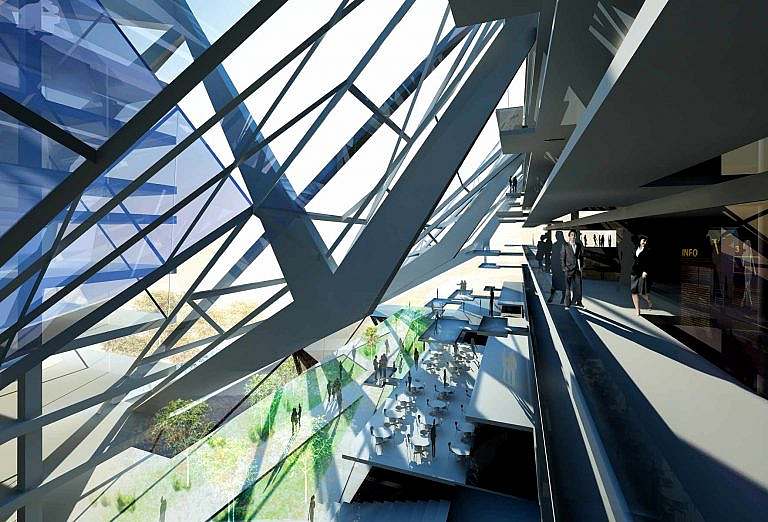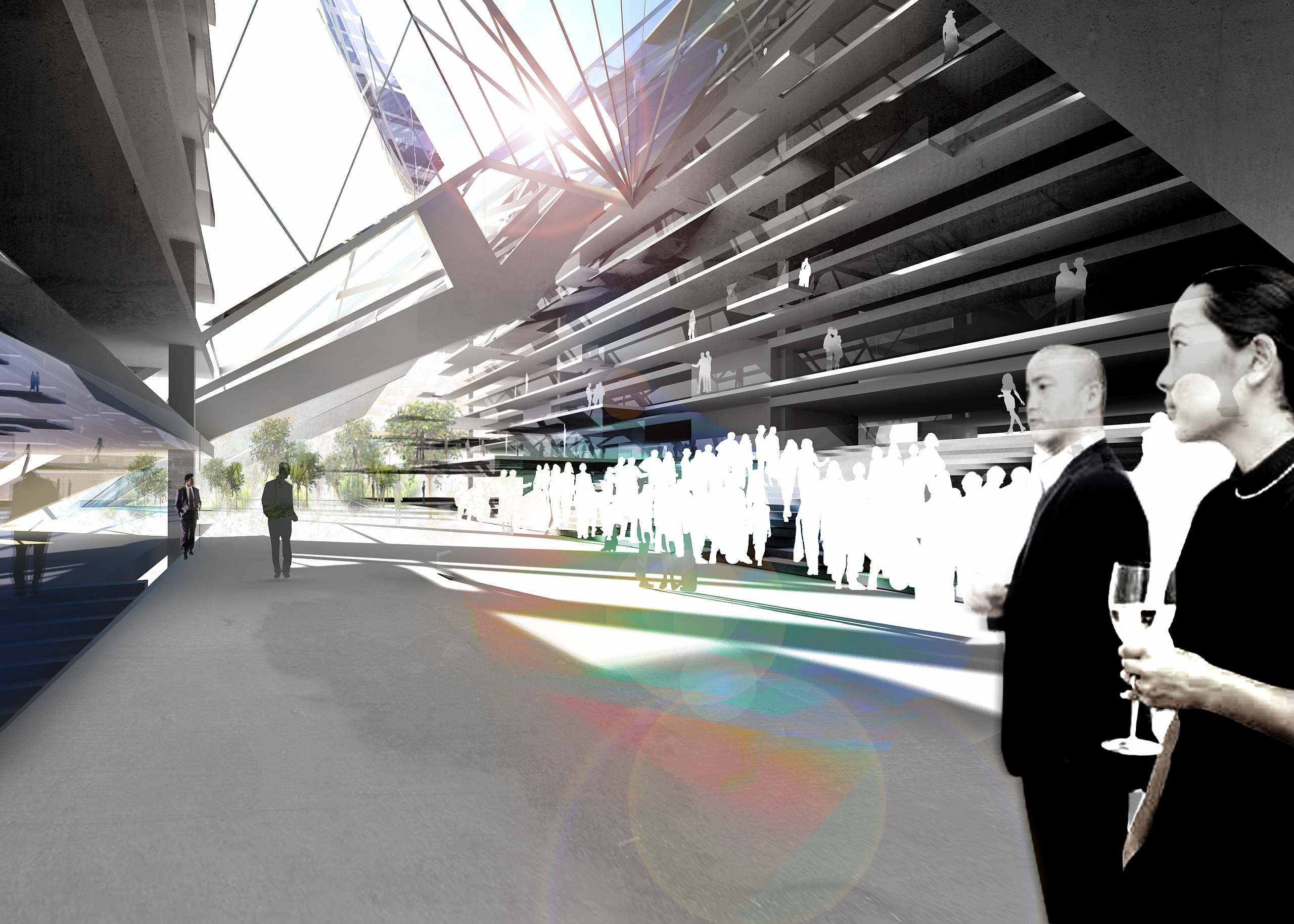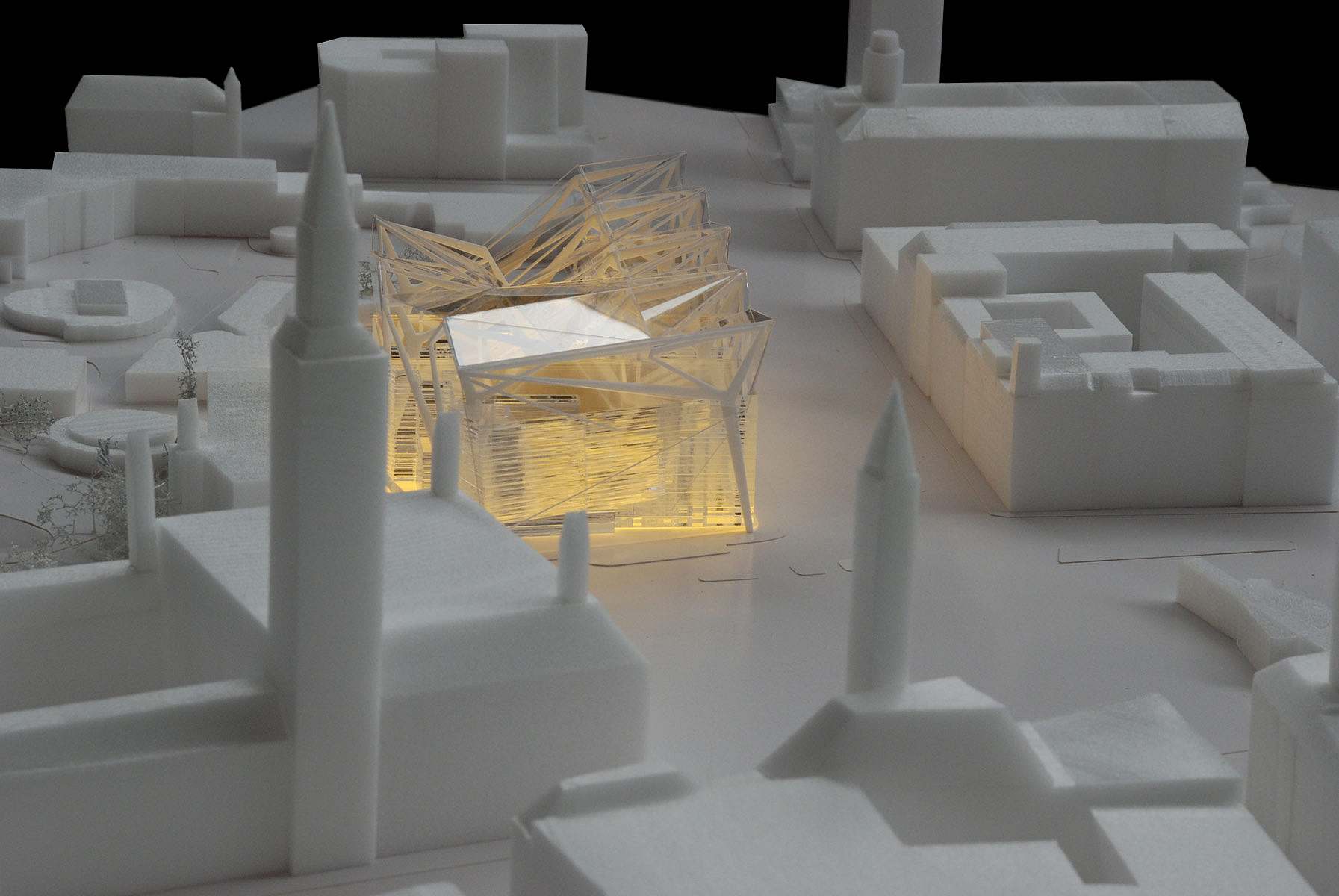Civil engineering trainee
The Ministry of Foreign Affairs experienced challenges with the goods drop-off at Asiatisk Plads. Parcel couriers struggled to find the right entrance and understand how to drop off parcels. The result was frequent intercom calls and the need for manual assistance. With a new wayfinding solution, a clearer and more intuitive process has been created, combining clear supergraphics with practical solutions to make life easier and more efficient for both suppliers and employees.
As a partner in KHR, Knud Holscher left his mark on a number of significant projects and shaped a generation of architects with his precise and generous approach. Jan Søndergaard has written a personal tribute, which can be read in ByrumMonitor.
Receptionist / Hospitality Manager
As urban planning consultants for Sweco, KHR Architecture has been responsible for the development of a former industrial area of 80,000 m² close to Copenhagen Airport. Now it will be transformed into a vibrant neighbourhood with activities, culture and business. The project includes the transformation of 10 existing buildings and the construction of up to 24,000 m² of new buildings.
The municipality approved the local plan in April 2025, allowing for a wide range of businesses, creative workshops and leisure activities. Our urban planning work has ensured a coherent development with a focus on flexibility, sustainability and the unique character of the area - from the first visions to final political approval.
Sundsvall Bridge is the result of our winning proposal in an architectural competition and subsequent work as architectural consultant on the project. The bridge has become a striking yet harmonious addition to Sundsvall, connecting the city centre with the surrounding landscape in a way that respects and frames the surroundings. With a total length of over 2 kilometres and a clearance of approximately 33 metres, the bridge creates a new urban space where the bay, the city skyline and the surrounding hills meet in a coherent and dynamic whole. Despite its impressive size, the bridge blends in with its surroundings and becomes a natural part of the city's structure.
At the topping-out ceremony for the new Lehrte-Süd school centre, the city mayor and others praised the good cooperation and the fact that the project is on time and on budget.
The 100 million euro project is being realised in a public-private partnership and brings together an integrated comprehensive school and secondary school under one roof. The first stage will be completed in 2026 and will provide schooling for 1,800 students.


